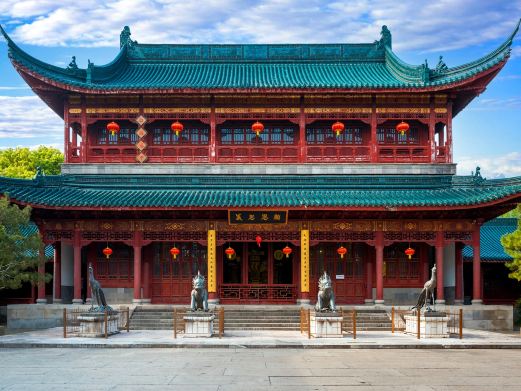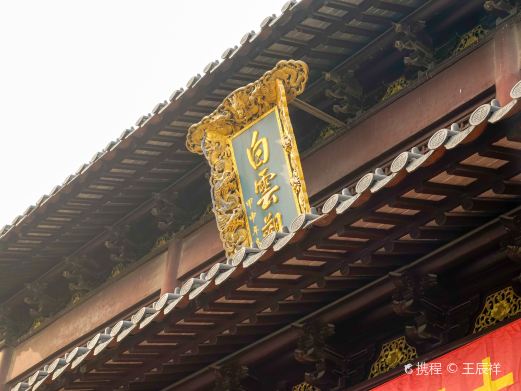The Qianshanyang Site was originally a village in the late primitive society. It is more than 4,700 years old and belongs to the Liangzhu Culture. As early as the 1930s, Mr. Shen Weizhi first discovered it and published writings. In 1956, thousands of stone tools were collected on the shoal where the river was dry. In March of the same year and March 1958, two scientific excavations were carried out again. Pottery vessels such as tripods, jars, pots, basins, and bowls, as well as remnants of textile tools such as spinning wheels and net weights were unearthed. Among the unearthed objects are also stone knives, axes, adzes, plows and other production tools and plant seeds such as rice, broad beans, melons, peaches, and peanuts, indicating that Huzhou’s agricultural production at that time had reached a considerable level. The remnants of silk fabrics and silk and linen products unearthed at the site are the silk and linen products found in China so far with an earlier age, proving that Huzhou is one of the birthplaces of silk culture. The opening hours are subject to the opening status on the day.
Qianshanyang Site
The Qianshanyang Site was originally a village in the late primitive society. It is more than 4,700 [...]









